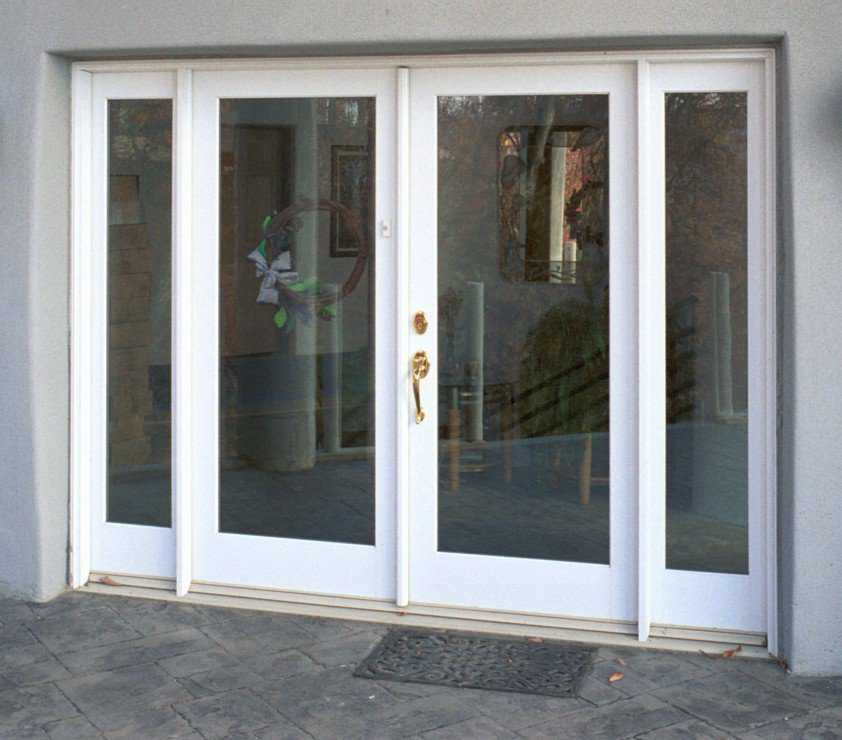What does it cost today to build a 2,000 square foot house of decent construction in middle-America? Not a dome, but a typical frame house, three bedrooms, 1 1/2 bathrooms with choices for fixtures and finishes that fall in the average-to-good range. It’s not a starter house, or a fixer-upper we’re costing. It’s not do-it-yourself construction. It’s not a “how many corners can we cut” house.
If industry averages for the cost of materials and labor are to be trusted, our target house will cost $288,345. That doesn’t cover every cost—design fees, permits, landscaping, utility hookups all vary too much from place to place to include in an index. But it does include the walls, roof, and everything down to the front door key.
There are two ways to use this number. One way is to watch how it changes over time. We’ll do that in a month, and again in November, in December, and on into 2010 and beyond. This will show us if costs are trending up or down, and which components are headed in which direction.
The other way to use this index is to learn how much variation there is in it, both as we change the quality of the construction, and as we move our target house around the country. For example, this same house that costs $288k in Independence, Missouri, would cost 3% less in Phoenix, Arizona and 4% less in Fort Myers, Florida, but 11% more in Brockton, Maine.
Note that if you were building this 2,000 sf house, yours would not cost $288,345. It would undoubtedly cost something other than that. Why? Because you’d make other choices. You’d use more insulation or less. You’d find the plumbing fixtures that suited you perfectly, and they’d cost more or less than those in our target house.
In fact, the numbers show that there can be a wide variation in the cost of the house. For example, if you upgrade the door and window package, that component can cost as much as 300% of the package in target house. Skeptical? When I priced front doors for Cloud Hidden, the door we wanted would have cost $10,000. and so we “settled” for one costing less than 1/5 of that. That’s the sort of range possible when we talk about “upgrades.”
Similar upgrades are possible with all components of the house. Stiffer framing and better insulation can double that part of the cost of the house. Have a sloped site that requires a stepped footer? More than double. Better interior finishes, whether plaster, artistic paint, or similar—also more than double. One of the best ways to make a house look more elegant is to upgrade the trim package—better and thicker woods for door trim, baseboard, and crown molding. But that could triple the cost of the more typical stuff. Similarly, you can upgrade the kitchen (200%), bathrooms (250%), flooring (150%) and every other component of the house. Upgrade all of them and you’ll have a dynamite house fit for the pages of Architectural Digest, but you’ll also have a mortgage upwards of $700,000.
How do things look on the lower side—downgrading from our “average-to-good” quality-of-construction choices? There are some real opportunities, but not as expansive as the upgrades. You could cut back from textured walls to flat sheetrock. You could use a lower quality paint, but of course the downside is that you’d have to repaint more frequently. You could use cheaper interior doors. Is the cost saving worth the feel of a cheaper door every time you open and close it? That’s a personal decision. If all the downgrades are combined—downgrading to below average, but not poor quality—then the cost of our target house drops to $215,316. The cost could drop further, for example, if you can barter for services or have a skill that allows you to supplant a major cost component. In the absence of that, use a 25% reduction from the target price as a reasonable downgrade cost.
The question to then ask yourself is this: If my budget is less than the target price, would I be happier in a house of the target size but lower quality, or one that is smaller, but of above average quality?
A designer should be able to discuss this with you and offer you options for reducing the size of a house or reducing quality. We can’t predict the future of prices—this index should show how it’s trending though—and we can’t control what a given builder will charge in a given location, but we should be able to talk about your options.
Jim Kaslik is the principal designer of Cloud Hidden Designs, LLC, an exclusive designer of residential domes since 1997.
